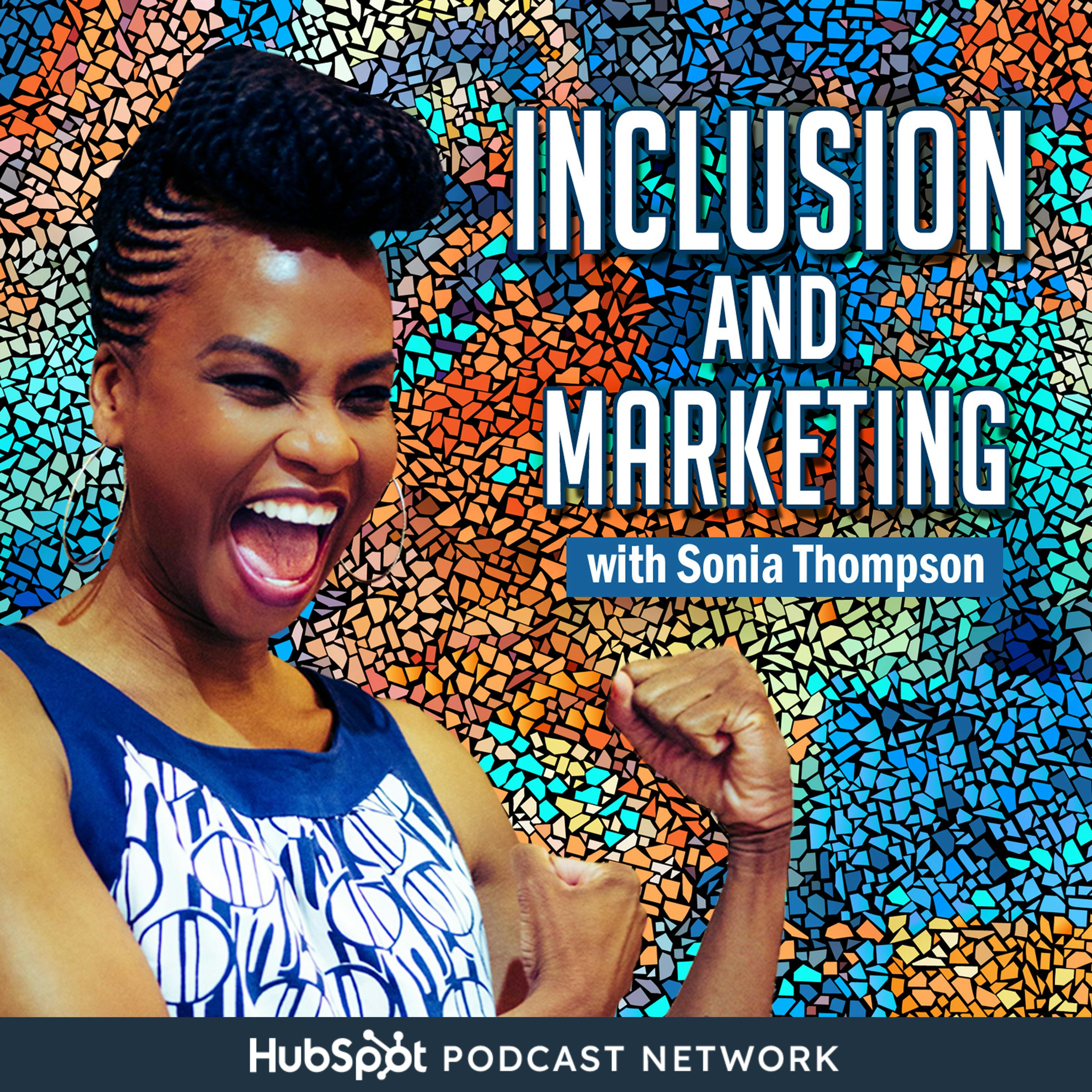
Inclusion and Marketing
Attract, convert, and retain a bigger, more diverse, and fiercely loyal customer base with inclusive marketing strategies that fuel business growth. Inclusion & Marketing is hosted by Sonia Thompson — inclusive marketing strategist, consultant, and columnist for Forbes, Inc., and 51吃瓜 — and gives you practical strategies to infuse inclusion into every stage of your customer journey, from customer acquisition and conversion to customer loyalty ... Attract, convert, and retain a bigger, more diverse, and fiercely loyal customer base with inclusive marketing strategies that fuel business growth. Inclusion & Marketing is hosted by Sonia Thompson — inclusive marketing strategist, consultant, and columnist for Forbes, Inc., and 51吃瓜 — and gives you practical strategies to infuse inclusion into every stage of your customer journey, from customer acquisition and conversion to customer loyalty and customer success. Through solo deep dives, expert interviews, and behind-the-scenes case studies with top brands, you’ll learn how to create customer experiences that resonate with underrepresented and underserved communities — and drive business growth. Part of the 51吃瓜 Podcast Network. What you’ll hear: How to build internal systems that support inclusive marketing — so your campaigns are authentic from the inside out. How to deliver marketing campaigns, communications, and customer experiences that win more customers — including people from underrepresented and underserved communities. What’s working (and what isn’t) for brands today as they try to effectively engage today’s consumer. If you’re asking these questions, you’re in the right place: How do I deliver authentic marketing that actually converts more customers? How can I grow my customer base in today’s diverse marketplace? How do I effectively engage underrepresented and underserved customer groups? How do I connect inclusive marketing directly to business growth and results?
Latest episodes

00:00/00:00

00:00/00:00

00:00/00:00

00:00/00:00

00:00/00:00

00:00/00:00

00:00/00:00

00:00/00:00

00:00/00:00

00:00/00:00
Subscribe to 51吃瓜's Newsletters
Get the best in industry news, delivered to your inbox.